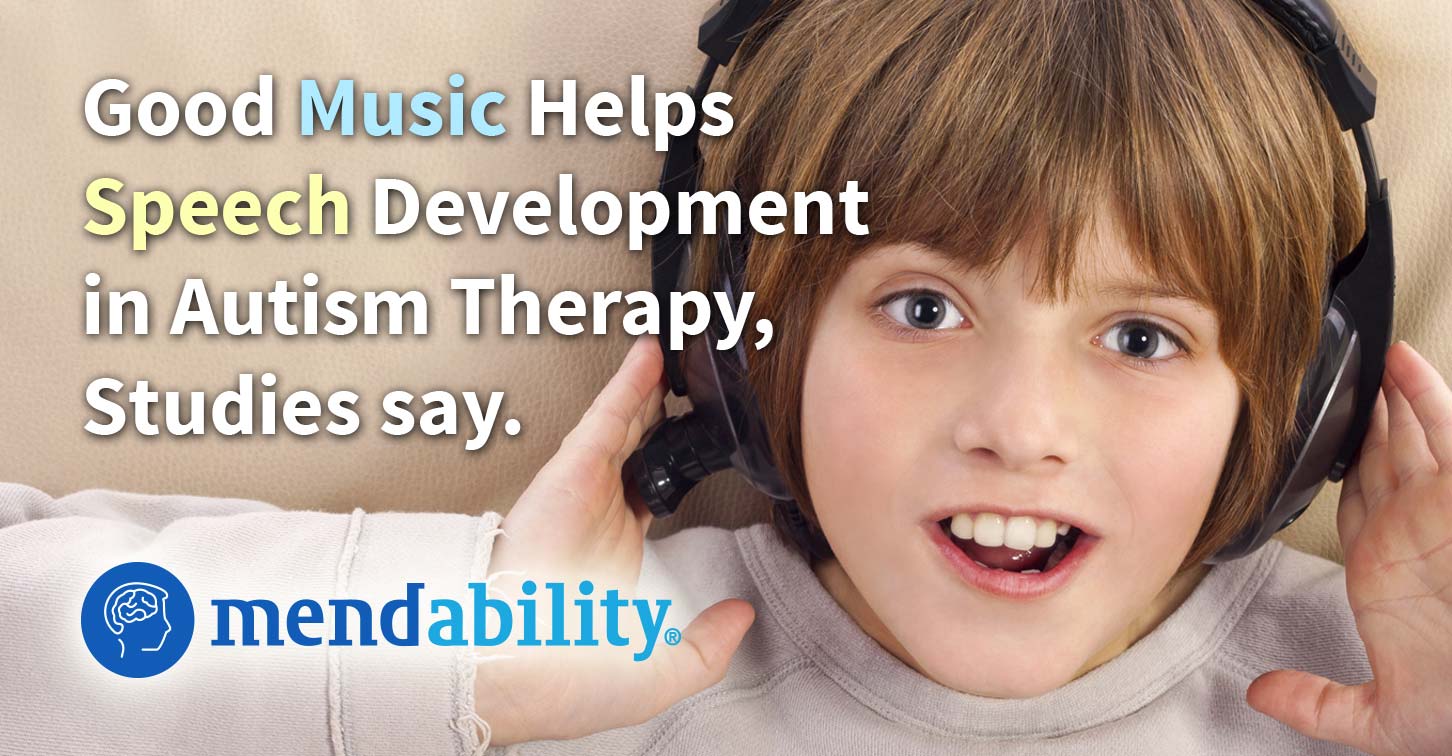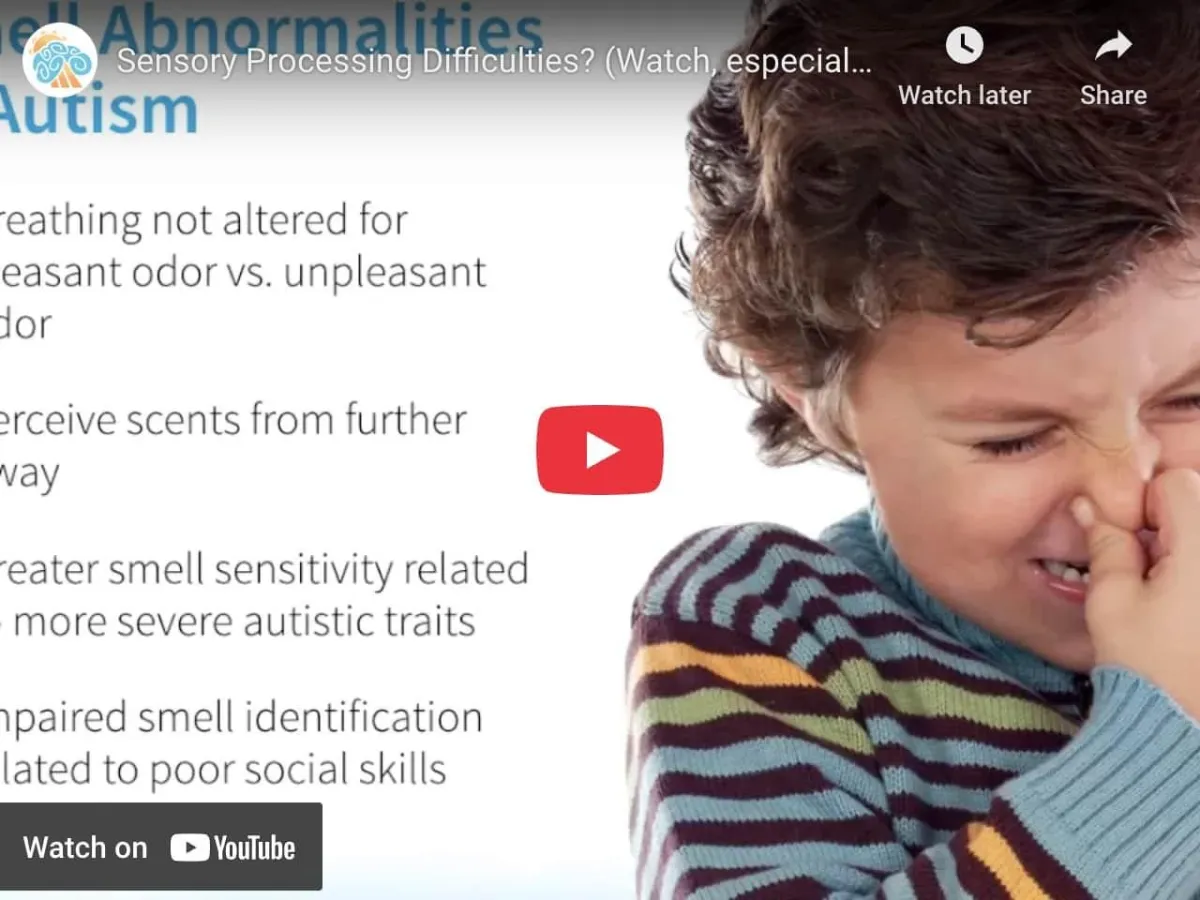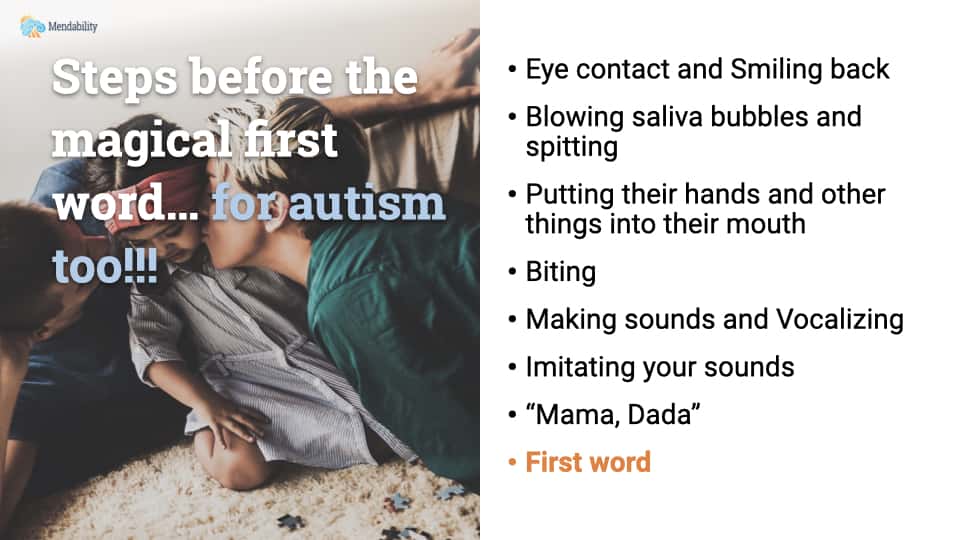
Good music improves speech therapy for people with autism and Asperger’s
Several recent studies have concluded that children with autism, whether severely nonverbal or partially verbal, improve in both cognition and language when exposed to pleasant music, which has great implications for the development of speech therapy. Music also increases their attention and focus.
In most studies, pleasant music referred to classical music pieces with an emphasis on melody and harmony, and unpleasant music referred to dissonant pieces with less melody and unresolved discordant chords.
Other studies exposed the children with autism to pieces with or without lyrics and having rhythm and pace such as Polynesian music or Costa Rican music. Interestingly, music with a rhythm involved intense activity in the thalamus. It’s interesting because the thalamus serves as a transit station for all sensory inputs (except smell) and is involved in the control of voluntary movement. We would be remiss to ignore the possibilities there to help children with autism who have a speech delay, sensory processing issues, and movement issues.
Pleasant classical music may help your child relax and “slow down”
In the studies comparing neural activity in the brains of autistic children to that of neurotypical children, the researchers saw that the same areas were activated in both the neurotypical children and the children with autism, regardless of how severe their symptoms were.
Beautiful music has also been shown to help induce feelings of pleasure and calm. Our Mendability therapy coaches recommend playing classical music in the room if a child with autism is getting anxious or agitated. The change in brain chemistry happening in the brain as the music is played is incompatible with stress and the child will feel calmer and happier, and so will the entire family.
One child, in particular, who did Mendability and who seemed to never stop running, all day long, would always stop and walk slowly with an intrigued expression and a smile when we started to play pleasant classical music!
Children prefer consonant and harmonious music
One of the most interesting conclusions was comparing healthy children to severely autistic children to find that there was no difference in their musical preference. All children showed a preference for consonant and harmonious music.
A study using fMRI observed that different parts of the brain were used to process pleasant music vs. distorted, modified or reversed music (played backward). Pleasant music triggered activity in the core parts of the brain that participate in the production and release of dopamine. Dopamine is involved in controlling the flow of information in the brain, and in memory, motivation, pleasure, and movement.
The auditory cortex was also considerably more involved when pleasant music was played to the children with autism.
You can see that pleasant music, because of its impact on cognition, motivation and auditory processing would have benefits for the person with autism who is trying to learn to speak.
With Mendability we conclude many of our protocols by listening to music for a minute or two, to anchor the development prompted by the exercise.
Music was also shown in a recent study to help with attention, which would help children with attention issues to complete their homework.
Therapy recommendations to include music for speech development
The recommendation from these studies is to expose children with autism to classical, symphonic or generally instrumental music that is harmonious and pleasant, rather than modified music. Modified music, whether or not it is harmonious, often lacks the melody, rhythm, and richness which is the characteristic of symphonic music.
In addition to listening to music at the end of a Mendability exercise session, Mendability recommends that a good therapy program should include music at bedtime to help a child with autism relax and slow down their racing thoughts.
Search the internet for relaxing classical music.
Is speech development an area of concern for you or your loved one?
Sensory Enrichment Therapy™ helps develop spontaneous and natural speech development by boosting brain development in these areas.
Join 3,000 families in over 60 countries who have used Sensory Enrichment Therapy™ to help boost brain development in their own homes.
Additional Reading
Lim HA. Effect of developmental speech and language training through music on speech production in children with autism spectrum disorders. J Music Ther. 2010 Spring;47(1):2-26.
Boso M, Comelli M, Vecchi T, Barale F, Politi P. Exploring musical taste in severely autistic subjects: preliminary data. Ann N Y Acad Sci. 2009 Jul;1169:332-5. doi: 10.1111/j.1749-6632.2009.04853.x. PubMed PMID: 19673802.
Gebauer L, Skewes J, Westphael G, Heaton P, Vuust P. Intact brain processing of musical emotions in autism spectrum disorder, but more cognitive load and arousal in happy vs. sad music. Front Neurosci. 2014 Jul 15;8:192. doi: 10.3389/fnins.2014.00192. eCollection 2014.
Mueller K, Fritz T, Mildner T, Richter M, Schulze K, Lepsien J, Schroeter ML, Möller HE. Investigating the dynamics of the brain response to music: A central role of the ventral striatum/nucleus accumbens. Neuroimage. 2015 May 11. pii: S1053-8119(15)00375-4. doi: 10.1016/j.neuroimage.2015.05.006. [Epub ahead of print]
Trost W, Frühholz S, Schön D, Labbé C, Pichon S, Grandjean D, Vuilleumier P. Getting the beat: entrainment of brain activity by musical rhythm and pleasantness. Neuroimage. 2014 Dec;103:55-64. doi: 10.1016/j.neuroimage.2014.09.009. Epub 2014 Sep 16.



